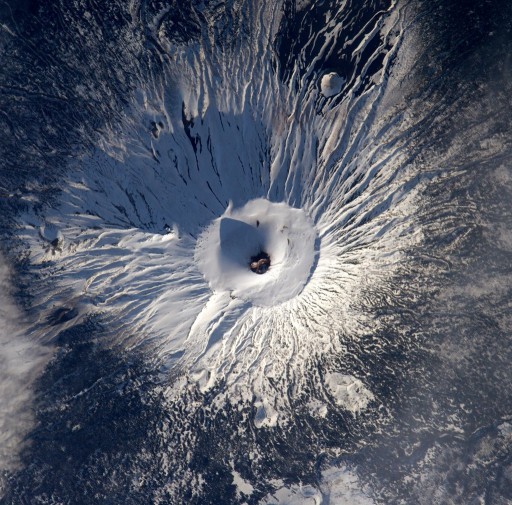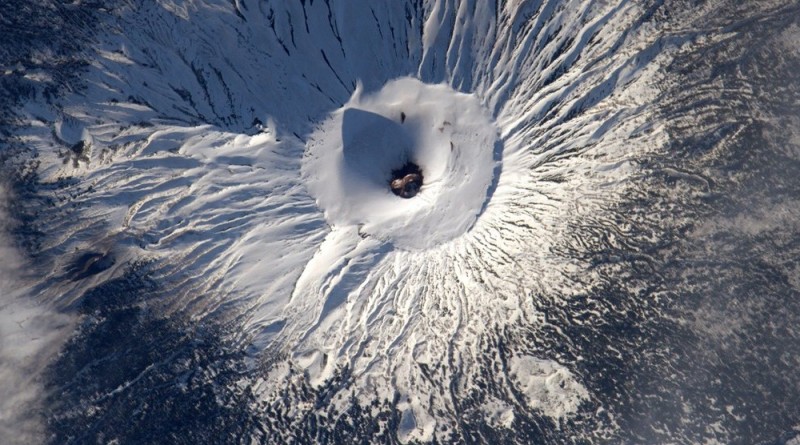ISS Operations Update – April 20, 2016

Experiments:
Rodent Research 3 – Standalone Subcutaneous Injection session [Rodent Research 3, named after the sponsoring company Eli Lilly and Co., will conduct a close study of myostatin inhibition for the prevention of sekeletal muscle atrophy and weakness in mice during long-duration spaceflight. A rapid loss of bone and muscle mass is observed in astronauts during spaceflight, especially to the legs and spine at rates similar to atrophy in people with muscle-wasting deseases on Earth. The study makes use of mice as a model organism to examine the response to certain drugs preventing muscle or bone loss.]
Dose Tracker [Dose Tracker uses logs kept by crew members on the frequency of medication intake before, during and after a mission also with regards to side effect qualities frequencies and severities. This data is needed to address theories of medication ineffectiveness during flight and unusual side effects experienced in the flight environment.]
Fluid Shifts – Experiment Ops [Fluid Shifts Before, During and After Prolonged Space Flight and Their Association with Intracranial Pressure and Visual Impairment. Known as the Fluids Shift study, this experiment is one of the most complex integrated experiments ever performed on ISS using pieces of US and Russian hardware to attempt to quantify the amount of fluid shifting from the lower body to the upper body when transitioning from a gravity to a microgravity environment. This will also lead to an understanding of effects of the fluid shift on fluid pressure in the head, changes to vision and eye structure. Effects on the eye caused by elevated intracranial pressure include globe flattening, choroidal folds, and alteration of the optic nerve.]
Habitability Experiment Ops [Assessment of International Space Station Vehicle Habitability will see teams on the ground study video of the behavior of crew members within the habitable environment of ISS while the crew fills out questionnaires and collects video of areas of interest in order to provide an assessment of the habitability of ISS in its current state for a one-year mission. Results will be used to develop spacecraft with improved habitability properties to allow crew members to optimally utilize the onboard space.]
SPHEROIDS – Temperature & Power Check, Data Download [SPHEROIDS studies the effects of microgravity on endothelial cell function with respect to blood vessel formation, cellular proliferation, and programmed cell death.]
Plant Gravity Sensing [The experiment looks at gravity sensing in thale cress, a generic model used in many plant studies. As part of the experiment, the plant is cultivated in microgravity and artificial gravity using a centrifuge to determine changes on a cellular level that point to the mechanism of gravisensing with particular focus on calcium channel activation through the MCA-1 protein. An increase of calcium within the cytoplasm of plants is known to occur in response to stimuli such as phytohormones, temperature and touch the mechanism of which has been studied extensively on Earth. Whether a calcium increase also occurs as a result of gravistimulation remains to be seen as gravity is difficult to control for ground-based tests. The mechanisms of underlying biochemical reaction paths that lead to gravitropism are fully unknown. Recent studies point to a protein, MCA-1, and an actin cytoskeleton that are involved in the transport of calcium to create a directional response in the presence of gravity. The current hypothesis is that amyloplasts (starch containing particles) sediment in the direction of the gravity vector as a result of their high mass. This sedimentation causes tension stress in actin fibers thus activating the mechanosensitive calcium channels. Whether this system of channels and actin fibers also forms in microgravity is unknown.]
Ocular Health – Optical Coherence Tomography [OH is a human physiology study. Its full name is Prospective Observational Study of Ocular Health in ISS Crews. “The Prospective Observational Study of Ocular Health in ISS Crews (Ocular Health) protocol aims to systematically gather physiological data to characterize the Risk of Microgravity-Induced Visual Impairment/Intracranial Pressure on crewmembers assigned to a 6 month ISS increment,” the NASA experiment overview said. It is known that some (not all) astronauts in orbit experience changes in visual acuity (visual clarity) and intraocular pressure as a result of fluid shifts within the body as it is subjected to microgravity. About 20% is astronauts flying to ISS have reported these kinds of changes. Test subjects will undergo pre-flight, flight and post-flight testing of their eyes using a variety of techniques.]
Otklik Experiment Hardware Check [Otklik uses several piezoelectric sensors to track the impacts of small particles and debris on the exterior of the International Space Station to monitor the abundance of debris events and a series of other characteristics. These measurements provide valuable data for the construction of future spacecraft]
KPT-10 – Kulonovskiy Kristall Hardware Setup & Experiment Ops [The KPT-10 telescience study examines “dynamic and structural characteristics of the Coulomb systems formed by charged dispersed diamagnetic macroparticles in a magnetic field (trap), investigating the following processes onboard the ISS RS (Russian Segment): condensed dust media, Coulomb crystals, and formation of Coulomb liquids due to charged macroparticles,” the NASA experiment overview notes.]
Pilot-T [This experiment puts crew members through complex tasks, such as piloting a space vehicle, at various stages of a long-duration mission to assess crew member performance reliability over long mission durations.]

